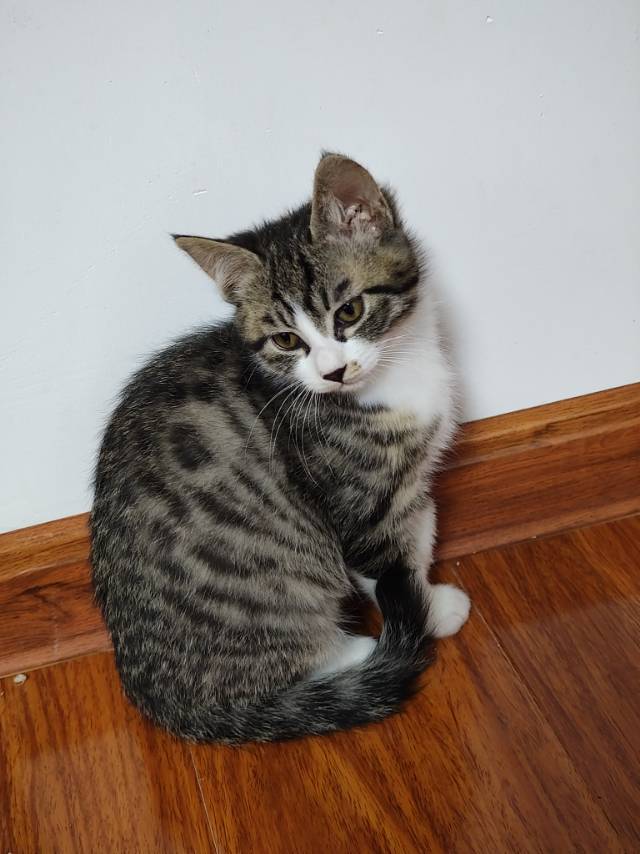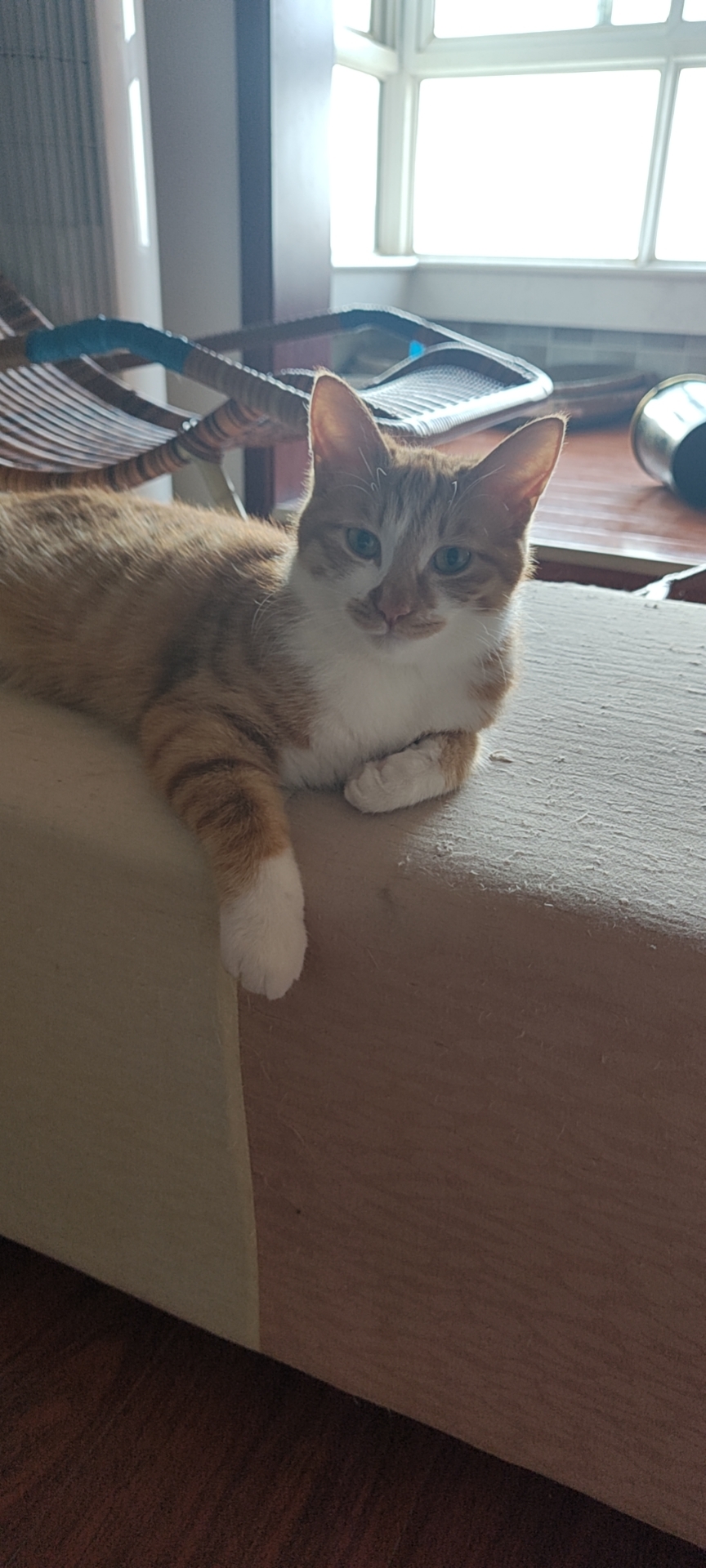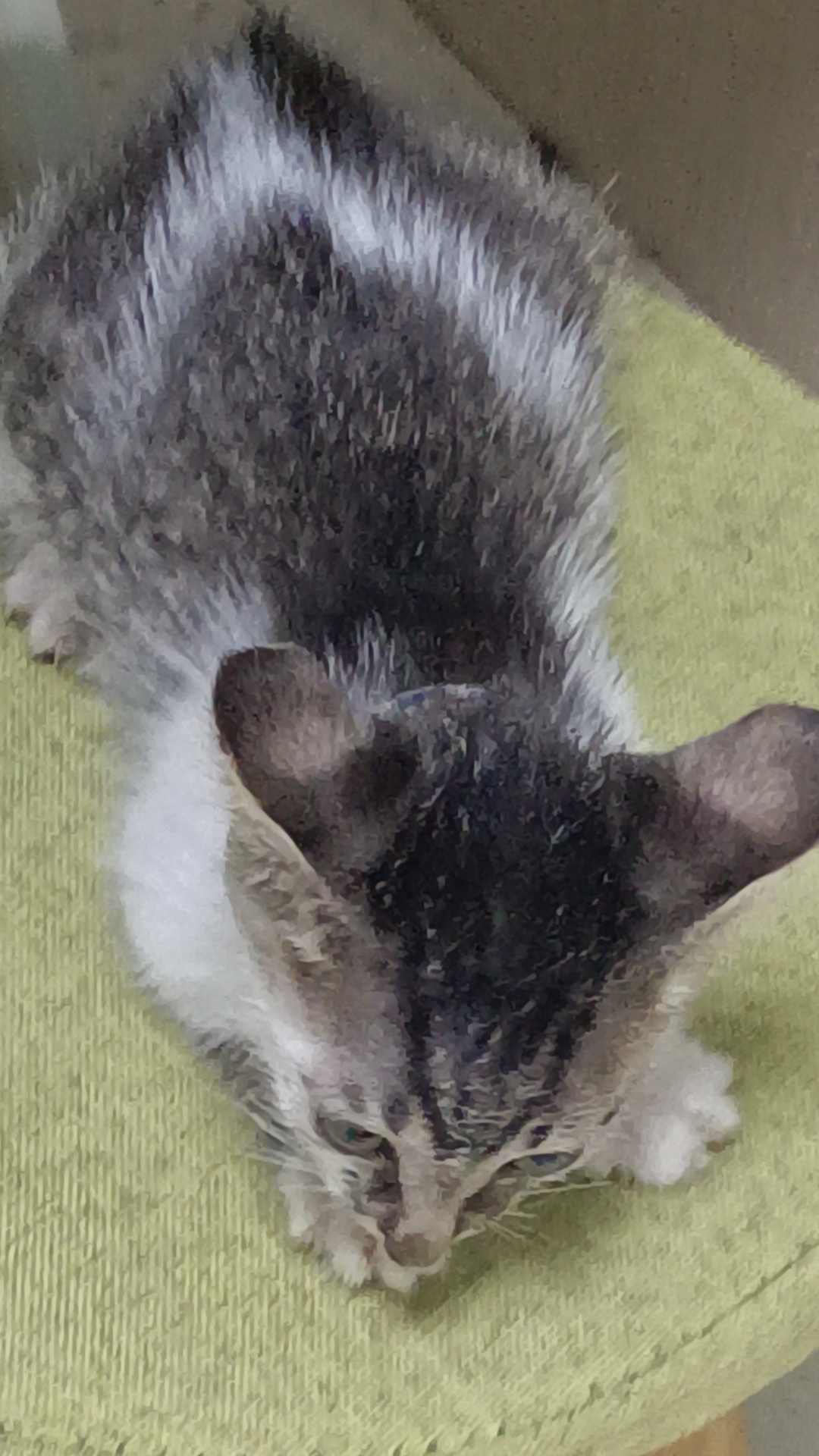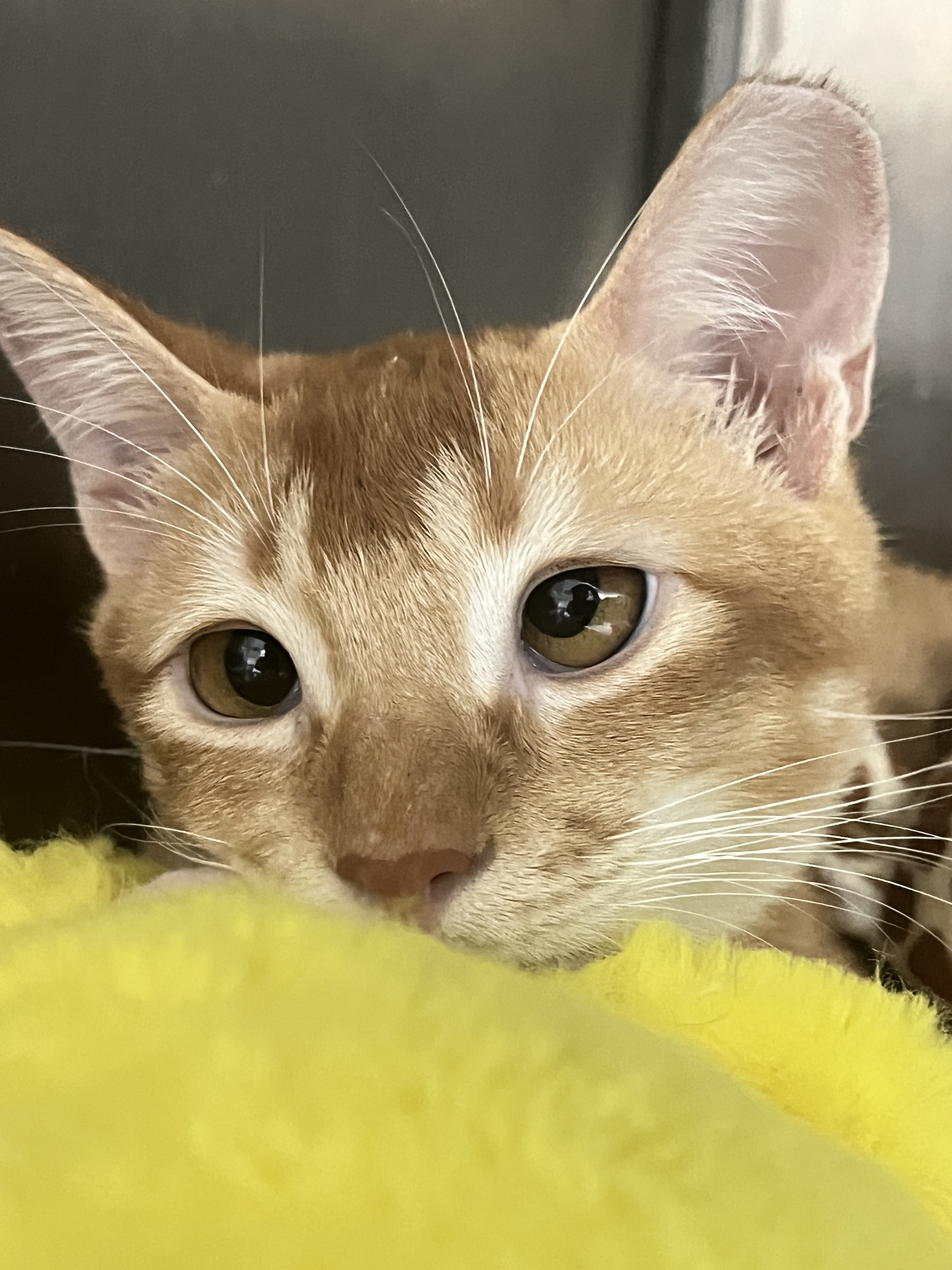本帖试图援引科学思维扫清一些误区。目前国内对于不要养折耳的科普做得比矮脚好。经常看到一些人说"曼基康和折耳是不一样的,曼基康是品种猫",对不起,苏格兰折耳猫一样是CFA和TICA认证的品种猫。而更多健健康康的田园猫则不是品种猫。品种猫不等于"健康"。第二种论调曼基康是自然界里发现的,不是人为培育出来的,不可能有问题。对不起,曼基康确实是自然界发现的基因突变品种,但是苏格兰折耳猫也是自然界发现的基因突变品种,并且发现得更早(一个1984年一个1961年);而后两种猫猫都因为可爱被各种人为选育了。大自然中存在的品种不代表就没有基因缺陷,人类中的侏儒难道是“人舍”培育出来的吗?第三种论调是我在B站看到有人拿1998年的兽医学者说的话证明曼基康是健康的猫种。那么我这里拿三篇更加新的研究反驳,第三篇还就是今年的。(楼主其实远离校园很久了,不太会搜论文,这些只是上次随手google到的)第一篇文章由爱丁堡大学的教授2008年刊载于兽医学期刊,讲曼基康的基因突变会导致痛苦的骨关节炎第二个网址由英国动物福利大学联盟(UFAW)设立,援引2011年的兽医论文,第三篇文章来自汉诺威兽医大学,2020年出炉
本帖试图援引科学思维扫清一些误区。
目前国内对于不要养折耳的科普做得比矮脚好。经常看到一些人说”曼基康和折耳是不一样的,曼基康是品种猫”,对不起,苏格兰折耳猫一样是CFA和TICA认证的品种猫。而更多健健康康的田园猫则不是品种猫。品种猫不等于”健康”。
第二种论调:曼基康是自然界里发现的,不是人为培育出来的,不可能有问题。对不起,曼基康确实是自然界发现的基因突变品种,但是苏格兰折耳猫也是自然界发现的基因突变品种,并且发现得更早(一个1984年一个1961年);而后两种猫猫都因为可爱被各种人为选育了。
大自然中存在的品种不代表就没有基因缺陷,人类中的侏儒难道是“人舍”培育出来的吗?
第三种论调是我在B站看到有人拿1998年的兽医学者说的话证明曼基康是健康的猫种。那么我这里拿三篇更加新的研究反驳,第三篇还就是今年的。
(楼主其实远离校园很久了,不太会搜论文,这些只是上次随手google到的)
第一篇文章由爱丁堡大学的教授2008年刊载于兽医学期刊,讲曼基康的基因突变会导致痛苦的骨关节炎:第二个网址由英国动物福利大学联盟(UFAW)设立,援引2011年的兽医论文,第三篇文章来自汉诺威兽医大学,2020年出炉的最新研究,证明曼基康基因附带的蛋白酶结构会导致软骨发育不良。这两篇都直接说了”letahl gene” “lethal trait”,意即”致命性的缺陷”。
楼主没有医学领域翻译经验就不妄自翻译了,想读全文的我有附上论文名字和网址。如果有很新的反驳论文也可以po,但是n年前还不了解曼基康时专家所下的断言麻烦就别po了,与时俱进一点,我觉得很多人都被滞后的信息误导了。我觉得这个课题的研究不是很热门、进展也不会很快,比如我搜不到曼基康具体的软骨病几率,再过五年十年可能还会有进展的。
一
Munchkin cats have a genetic mutation causing a defect in the formation of cartilage causing them to have shortened limbs; this is the signature feature of the cat breed. This abnormality is associated with painful osteoarthritis.
Gunn-Moore et al (2008) Breed-related disorders of cats. Journal of Small Animal Practice 49: 167–168.
二(https://www.ufaw.org.uk/cats/munchkin-limb-deformity)
The characteristic abnormality of Munchkin cats is obvious, on examination, from birth, but the extent of the resulting disability may only be evident as the cat matures.
Detection of osteoarthritis and the assessment of its severity may require radiography (x-rays) or trial treatment (Godfrey 2011). The Munchkin deformity is thought to be caused by a dominant, lethal gene with variable penetration. Kittens in which both copies of the gene are of the abnormal form are thought to die before birth. Animals with only one copy (ie those that are heterozygous) show the deformity. Since Munchkin cats have one normal and one abnormal copy of this gene, a proportion of kittens will inherit the abnormal forms from both parents (and will die before birth) and a similar proportion will inherit two normal forms and will avoid the disease altogether. The majority will, however, have inherited the condition.
三
This UGDH structural variant very likely causes the chondrodysplastic (standard) phenotype in Munchkin cats. The lack of homozygous mutant phenotypes and reduced litter sizes in standard Munchkin cats suggest an autosomal recessive lethal trait in the homozygote state. We propose an autosomal dominant mode of inheritance for the chondrodysplastic condition in Munchkin cats.
Struck, AK., Braun, M., Detering, K.A. et al. A structural UGDH variant associated with standard Munchkin cats. BMC Genet 21, 67 (2020).
(https://bmcgenet.biomedcentral.com/articles/10.1186/s12863-020-00875-x)











 京公网安备
京公网安备